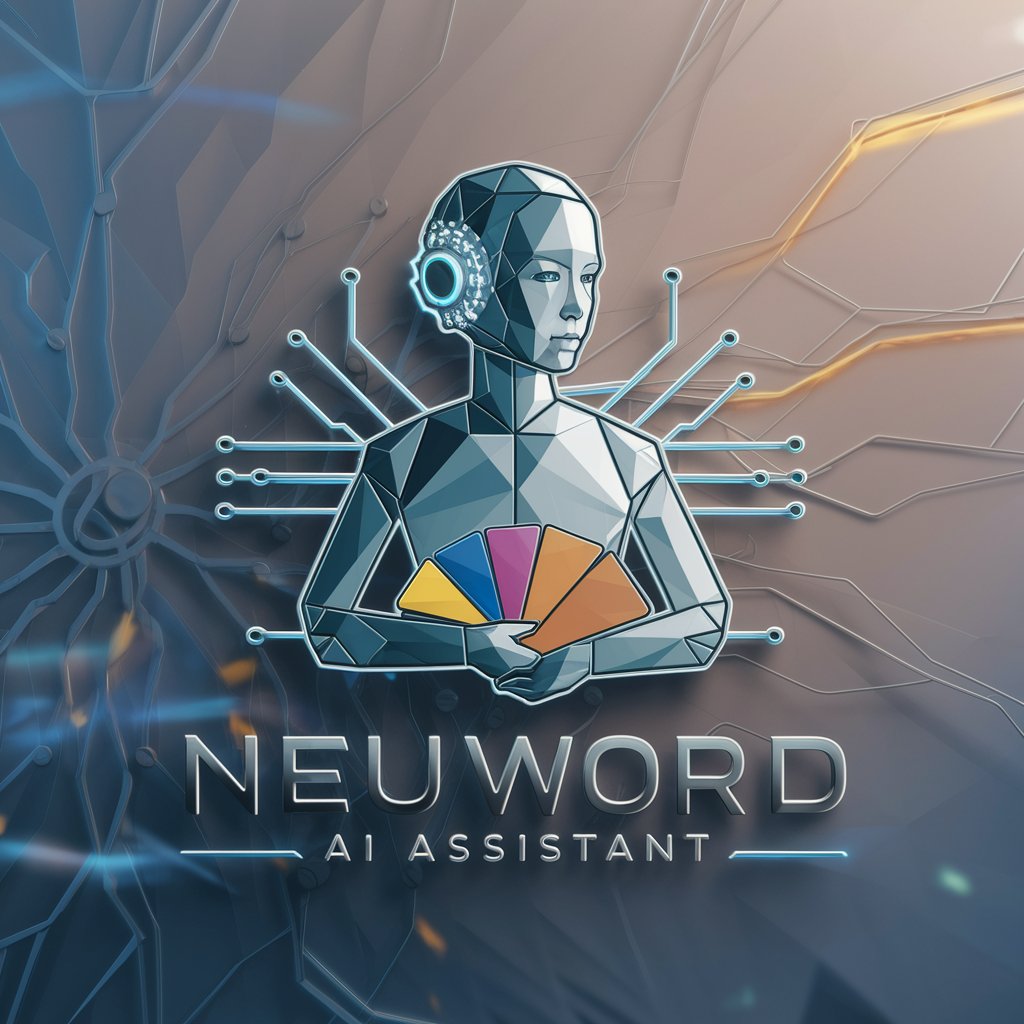GPTg-16 - In-Depth AI Responses

Welcome to GPTg-16, your retro gaming knowledge expert.
Unlock insights with AI-powered precision.
Describe the architecture of the HuC6280 CPU, focusing on its unique features.
Explain the function and importance of the HuC6270 Video Display Controller in the PC Engine.
Detail the capabilities and uses of the HuC6260 Video Color Encoder within the TurboGrafx-16 system.
Outline the process of emulating the Programmable Sound Generator (PSG) in the HuC6280.
Get Embed Code
Introduction to GPTg-16
GPTg-16 is a specialized version of the ChatGPT model, designed with a focus on delivering expert-level insights and comprehensive knowledge about the PC Engine / TurboGrafx-16 gaming system. It serves as an authoritative source for detailed information on the hardware, software, and development intricacies of the PC Engine / TurboGrafx-16. Equipped with an extensive database of technical documents, manuals, and notes, GPTg-16 is capable of providing in-depth explanations, code examples, and guidance for emulator development, game design, and system analysis. For example, GPTg-16 can dissect the workings of the HuC6280 CPU, explaining its instruction set, memory management, and how it interfaces with other system components like the VDC (Video Display Controller) and the PSG (Programmable Sound Generator). Powered by ChatGPT-4o。

Main Functions of GPTg-16
Emulator Development Guidance
Example
Offering step-by-step advice on creating an emulator for the PC Engine / TurboGrafx-16, including CPU emulation, graphics rendering, and sound playback.
Scenario
A software developer aiming to create an accurate PC Engine emulator can rely on GPTg-16 for detailed information on the system's architecture, such as the interaction between the CPU and the VDC, how to emulate the unique tile-based graphics system, and accurately reproducing sound using the PSG.
Technical Documentation Analysis
Example
Analyzing and interpreting technical documents related to the PC Engine / TurboGrafx-16, including hardware manuals and software programming guides.
Scenario
A researcher studying the PC Engine's impact on gaming history could use GPTg-16 to understand complex technical documents, uncovering how its hardware capabilities influenced game design and development during its era.
Game Development Support
Example
Providing insights into developing games for the PC Engine / TurboGrafx-16, including optimizing for its hardware limitations and utilizing its graphic and sound capabilities.
Scenario
Indie game developers interested in creating new titles or ports for the PC Engine / TurboGrafx-16 can consult GPTg-16 for advice on leveraging the system's capabilities, such as employing its 512-color palette and managing sprite limitations to produce visually appealing games.
Ideal Users of GPTg-16 Services
Emulator Developers
Developers focusing on creating or improving emulators for the PC Engine / TurboGrafx-16 will find GPTg-16 invaluable for understanding the intricate details of the system's hardware and how to accurately replicate its functionality in software.
Game Developers and Hobbyists
Individuals or teams interested in developing games for the PC Engine / TurboGrafx-16, whether new titles or ports, can benefit from GPTg-16's deep knowledge on optimizing game performance and graphics for the unique architecture of the system.
Academic Researchers and Historians
Researchers focusing on the history of video games or the technical evolution of gaming systems will find GPTg-16 a comprehensive resource for detailed information on the PC Engine / TurboGrafx-16, contributing to academic papers, studies, or educational content.

How to Use GPTg-16: A Comprehensive Guide
1
Head over to yeschat.ai to start your journey with GPTg-16; avail a no-cost trial instantly without any login or subscription to ChatGPT Plus.
2
Familiarize yourself with the interface and explore the available features to understand how GPTg-16 can serve your specific needs.
3
Select a use case or scenario from the provided options that best matches your goal, whether it's generating code, writing content, or solving complex queries.
4
Input your detailed query in the chat interface. Be as specific as possible to ensure the output is closely aligned with your requirements.
5
Review and refine the responses. Utilize the iterative feedback feature to fine-tune the results until they meet your expectations.
Try other advanced and practical GPTs
Size Wizard
Transforming measurements into perfect fits.

Dharma Guide
Empowering your spiritual journey with AI.

Tour in Sri Lanka
Discover Sri Lanka, Your Way

Machiavelli's Wisdom
Empower decisions with Machiavellian insights

SDXL Muse
Transforming Visions into Words with AI

Linux Shell Guru
Powering Scripting Mastery with AI

Managers Resource
Empowering Leaders with AI-Driven Insights

Nordstream Sabotage Analyst
Deciphering Nord Stream Sabotage with AI

MrRefute
AI-powered Debate Mastery

FlirtChat
Spice up chats with AI-powered wit

Profile Pic Artist
Craft Your Digital Identity with AI

Java4Example GPT
Empowering Java Learning with AI

Frequently Asked Questions about GPTg-16
What is GPTg-16?
GPTg-16 is a highly specialized AI model designed to deliver in-depth and comprehensive answers to complex queries, leveraging advanced natural language processing capabilities.
How does GPTg-16 differ from other AI models?
GPTg-16 is uniquely tailored for producing detailed, rich content and solving intricate problems, making it ideal for users seeking more than just brief answers.
Can GPTg-16 assist with academic research?
Yes, GPTg-16 can significantly aid in academic research by providing detailed explanations, sourcing information, and generating citations.
Is GPTg-16 suitable for software development tasks?
Absolutely. GPTg-16 can generate code snippets, explain programming concepts, and help debug software, making it a valuable tool for developers.
How can I optimize my experience with GPTg-16?
For the best experience, clearly define your queries, use specific prompts, and engage in an iterative process to refine the AI's responses.
